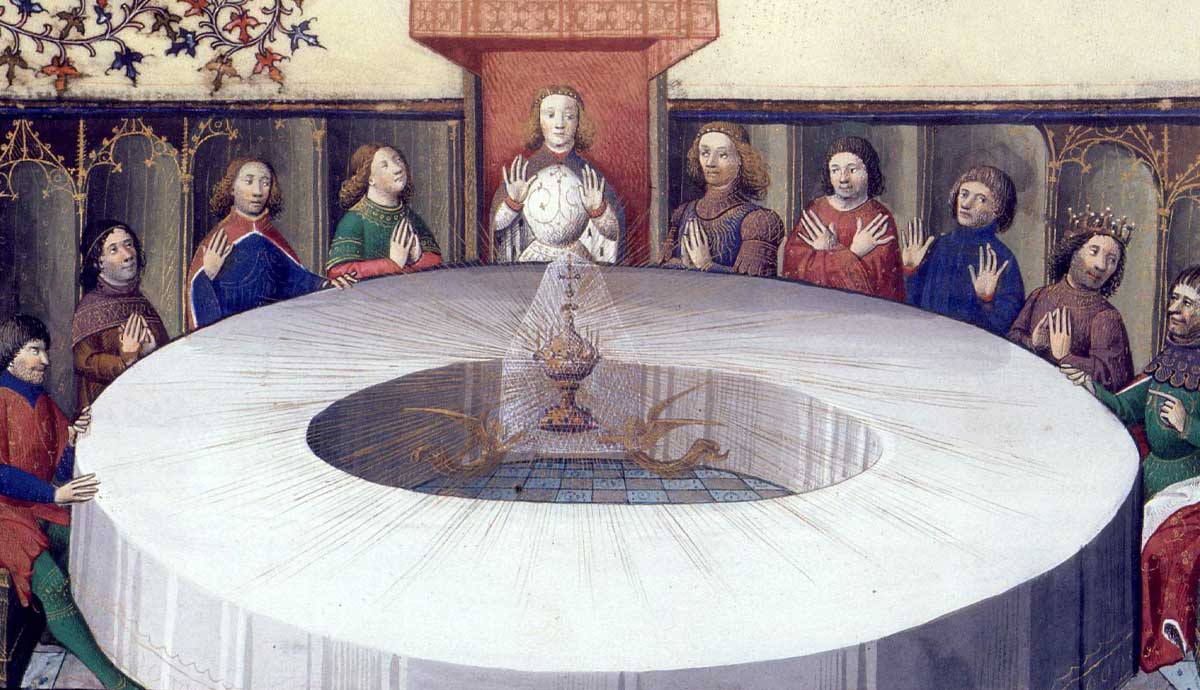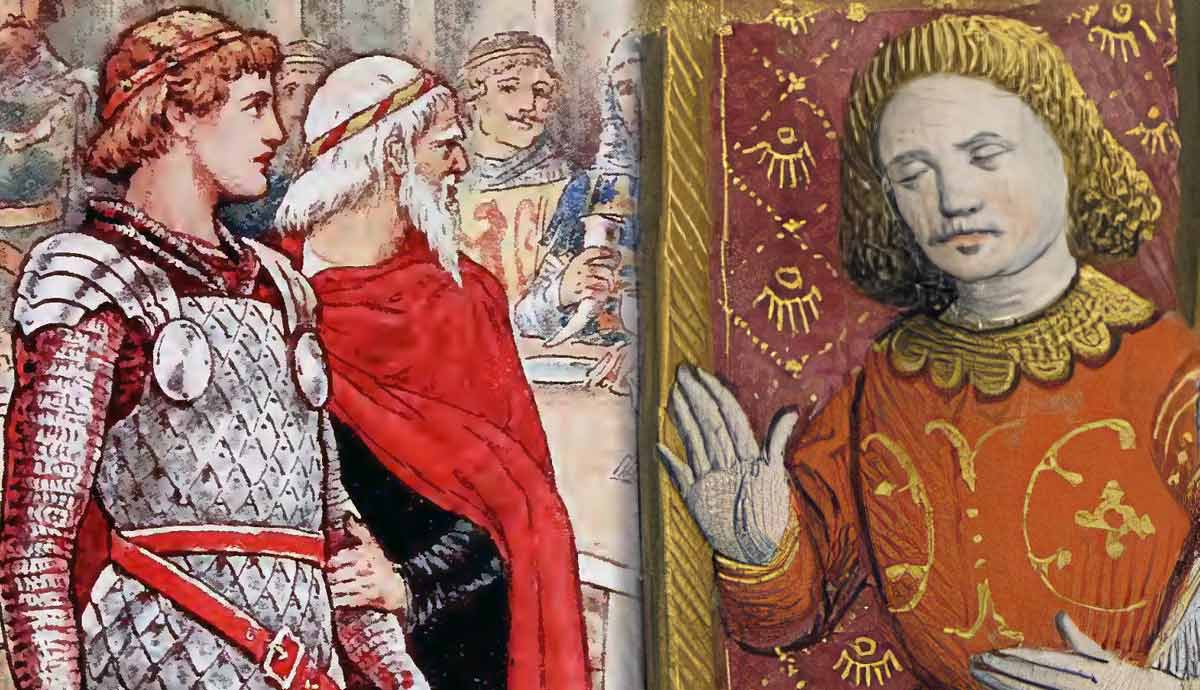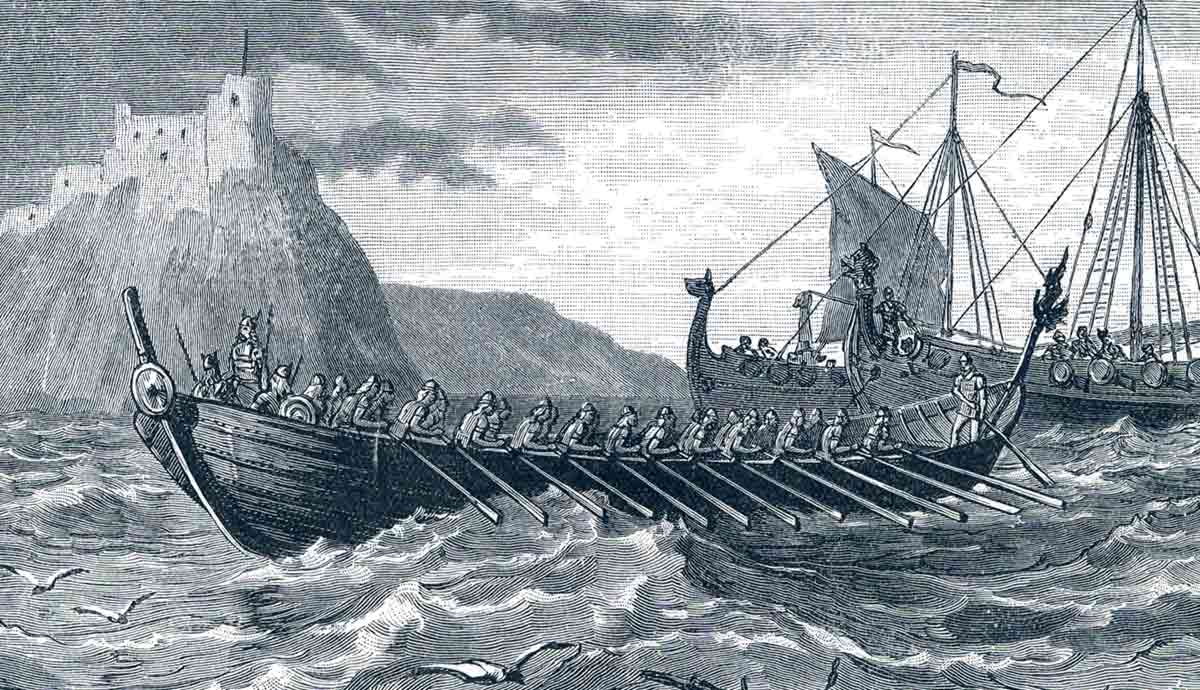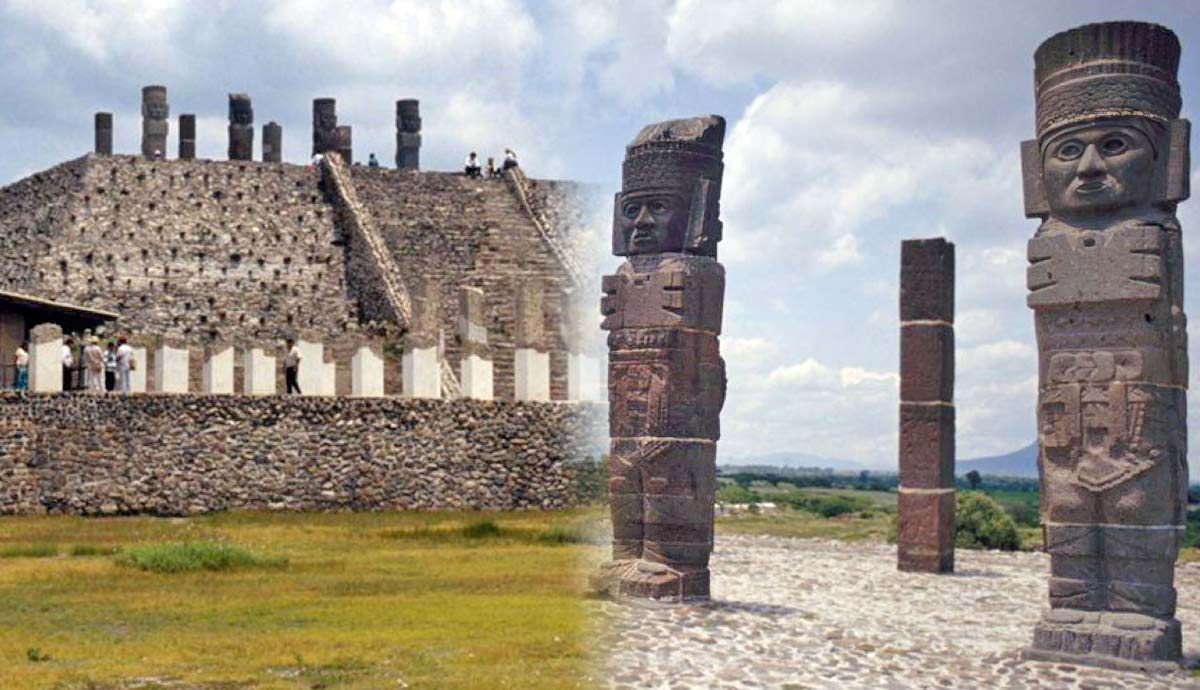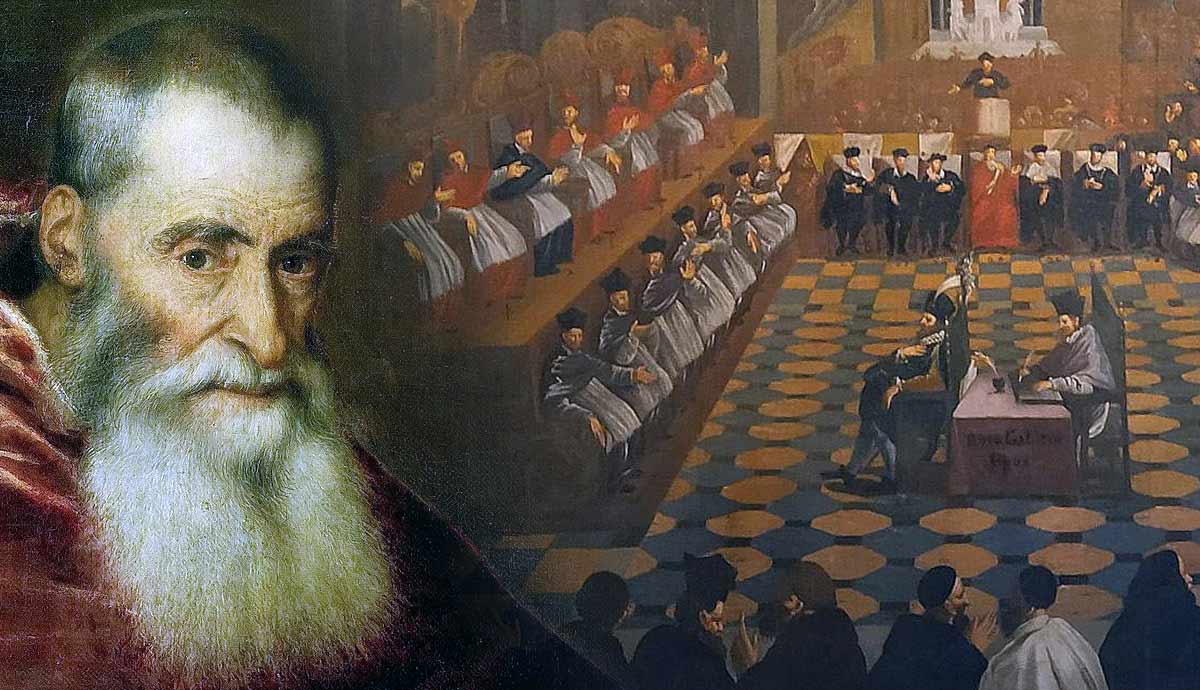
Many mythologies from around the world are based in a historical setting. For example, in the case of ancient Greek mythology, many scholars agree that much of it originates in some sense from Bronze Age Greece. What about Welsh mythology? Over the 20th century, many scholars attempted to argue that this ultimately originated from Iron Age Celtic mythology. While some connections cannot be ruled out, it would appear that the overwhelming majority of Welsh mythology actually originates from Dark Age Britain. What is the evidence for this conclusion?
What Is Welsh Mythology?

The expression ‘Welsh mythology’ primarily refers to a particular collection of medieval Welsh literature known as The Mabinogion. The most overtly mythological of The Mabinogion tales are four distinct but connected stories. Together, they are known as the Four Branches of the Mabinogion. However, other tales exist as well. Some of these are Arthurian tales, while others are set before the Arthurian period. The Four Branches are particularly interesting. The reason is that they present what is essentially an overarching story about a single figure, although he is not always the main character of the tale. Fanciful elements can be found in all The Mabinogion tales, but the Four Branches, in particular, can definitely be classed as Welsh mythology.
These stories are found in two manuscripts from medieval Wales. These are the White Book of Rhydderch and the Red Book of Hergest. Both of these date from the 14th century. However, scholars universally agree that the stories they contain date from many centuries before they were written down in those manuscripts.
The Story of the Four Branches of The Mabinogion

The Four Branches basically revolve around the figure of Pryderi, even though he does not play a central role in each one of the stories. He is presented as a prince from Dyfed. This was the medieval kingdom of southwest Wales, covering essentially modern Pembrokeshire and Carmarthenshire. His father was a king named Pwyll, and his mother was Rhiannon. In the First Branch, we learn the story of Pryderi’s birth. Pwyll, the king of Dyfed, after ruling over an otherworldly kingdom for a year and a day, meets a magical woman named Rhiannon. After some conflict with a rival lover, they get married and have a child. This child, Pryderi, eventually succeeds Pwyll to the throne of Dyfed.
The Second Branch is about the marriage of Matholwch, king of Ireland, to Branwen, princess of Britain. After another wedding conflict, to appease him, Matholwch is given a magic cauldron that can restore the dead to life. Later, Branwen is mistreated, and an army of Britons, including Pryderi, invades Ireland and attempts to retrieve her.

The Third Branch describes the adventures of Pryderi and his companions after arriving back in Britain. While they were away, a king named Caswallon usurped the throne of Britain and declared himself the high king. At some point after Pryderi’s arrival back in Britain, a terrible enchantment takes place. A mysterious mist falls upon the land and leaves it a wasteland, deprived of humans and animals. Eventually, being led inside a magical castle, Pryderi himself and his mother Rhiannon are consumed by the mist and disappear. By the end of the story, however, the enchantment is lifted, and Pryderi returns.
The Fourth Branch is about a king of Gwynedd named Math ap Mathonwy and a character named Gwydion. The latter conspires to start a war between the north and the south of Wales. This conspiracy is successful, leading to a direct conflict with Pryderi, king of Dyfed. Various other mythological events occur after the conclusion of this war, mostly concerning Math and his associates.
Identifying the Historical Period of the Stories

These stories are obviously full of mythological elements. However, like other mythologies from around the world, this does not mean that they are not set in a particular period. In the case of these stories from Welsh mythology, is there any indication about when they are supposed to have been set?
One indication comes from a statement in the Second Branch. After describing the war against Ireland to recover Branwen, the text notes that there were only seven survivors. Among them was Taliesin. There is only one Taliesin known in Welsh tradition, and that is the historical bard of the 6th century. Based on this fact alone, the story of Pryderi appears to be set in the 6th century, Dark Age Britain. However, are there any other indications of this? In one of the medieval poems attributed to Taliesin, the bard himself specifically says that he “saw here” one of the sons of Lleu, a character in the Fourth Branch. Hence, this indicates that Taliesin lived at the same time as this character.

Also supporting this is the fact that Pryderi himself seems to appear in Culhwch and Olwen, a tale set in King Arthur’s reign in the 6th century. According to the First Branch, Pryderi was also known as Gwri Wallt Eurin. In Culhwch and Olwen, one of King Arthur’s allies is a figure named Gware Gwallt Eurin. The two spellings are so similar that they are likely variations of the same name. Pryderi’s foster father, Teyrnon, the lord of Gwent, also appears as one of Arthur’s allies in Culhwch and Olwen.
Additionally, although Pwyll’s parentage is not given in The Mabinogion itself, he is made the son of a certain “Alyn frenin Dyfed” in medieval genealogies. This would appear to be Alun Dyfed, a figure known from Arthurian sources. One of his sons appears as Arthur’s associate in the Dream of Rhonabwy, another Mabinogion tale. Another son, unnamed, appears in Culhwch and Olwen. Hence, if Pwyll was also considered to be a son of this same Alun Dyfed, then, evidently, he likewise belonged to the Arthurian period.
Finding the Characters in Dark Age Britain

This evidence makes it clear that the Four Branches of the Mabinogion are supposed to be set in the Arthurian period, in Dark Age Britain. This makes sense, since most other tales within Welsh mythology, such as the two aforementioned Arthurian tales, are set in that same period. However, can any of the figures actually be identified with historical individuals, or at least figures from outside overtly mythological contexts?
Pryderi and his father Pwyll seem to appear at the head of a genealogical record of a prince or patriarch of Dyfed. The date of the individual is unknown, but the names indicate that he lived well into the medieval period. At the end of the list, we find “Predri ap Pliws hen brenhin Dyved.” The name “Predri” appears to be a corruption of “Pryderi,” while “Pliws” appears to be a corruption of “Pwyll.” The words “brenhin Dyved” mean “King of Dyfed.” While this is not an early source, it is not mythological either.

What about the high king of Britain who had usurped the throne while the army of Britons was away in Ireland? His name was Caswallon. Can he be identified as a historical figure from this era? As the high king of Britain, he must have been an important figure. As it happens, there was a prominent king of a powerful kingdom of Britain in the 6th century whose name was sometimes written as “Caswallon.” His name was actually Cadwallon, and he was the king of Gwynedd, encompassing northwest Wales. In fact, he is called Caswallon in quite a variety of records, with this form even being preserved in place names. His stature as the king of the powerful kingdom of Gwynedd at exactly the time in which Caswallon was the high king of Britain, according to Welsh mythology, is significant. It seems reasonable to identify them as the same person.
Interestingly, Welsh tradition indicates that Cadwallon was not his father’s eldest son and that he had to take much of Gwynedd by force. This may relate to the claim in Welsh mythology that Caswallon was a usurper.
Welsh Mythology’s Historical Origin in Dark Age Britain

In conclusion, we can see that The Mabinogion stories in Welsh mythology seem to be fundamentally rooted in Dark Age Britain. In this respect, they are no different from the Welsh tales that deal with King Arthur’s reign. In fact, there is considerable overlap between the Arthurian tales and the Four Branches of the Mabinogion. Several figures in the latter are presented as allies of Arthur in the former. This even includes Pryderi himself, the central character of the Four Branches. Pryderi and his father Pwyll may have been historical figures.
More certainly, the high king of Britain in the Third Branch, Caswallon, can most likely be identified as Cadwallon. He was the king of Gwynedd, one of the most powerful kingdoms in 6th-century Britain. A variety of records call him Caswallon, and he appears to have taken much of his territory by force, much like the Caswallon of Welsh mythology. Further research may well reveal historical precedents behind many of the other characters of the Four Branches.


